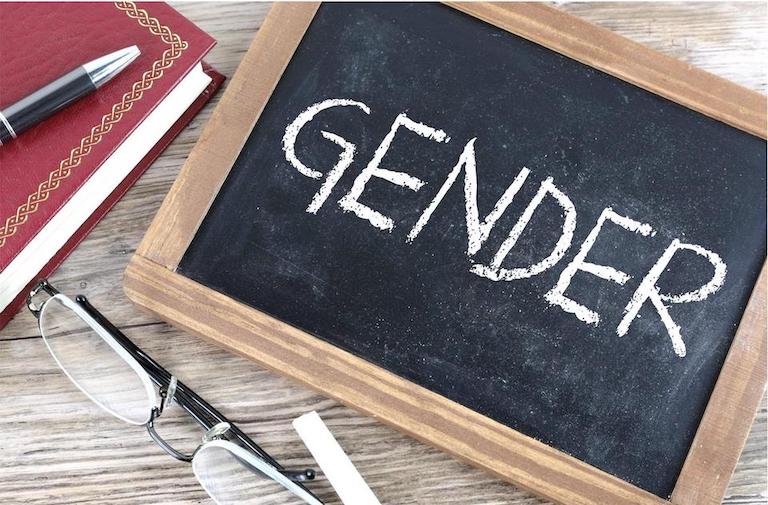Despite concerted global efforts, achieving gender equality by 2030, as outlined in the Sustainable Development Goals (SDGs), is proving to be a daunting challenge. The recently released UN Women and UN DESA report titled “Progress on the Sustainable Development Goals: The Gender Snapshot 2023” paints a distressing picture of the current state of gender equality worldwide. The report highlights alarming trends, persistent gaps, and significant setbacks on the path to gender parity. In this article, we will delve into the key findings of the report, discussing the pressing issues that demand immediate attention and action.
The Alarming Statistics
The “Gender Snapshot 2023” report reveals a series of disconcerting statistics that underscore the urgency of addressing gender inequality:
1. Extreme Poverty: The report warns that if present trends continue, more than 340 million women and girls, roughly 8% of the global female population, will live in extreme poverty by 2030. This revelation is a stark reminder that economic disparities continue to disproportionately affect women.
2. Food Insecurity: Close to one in four women and girls will experience moderate or severe food insecurity if current trends persist. This reflects a significant failure in ensuring that women have equitable access to basic necessities.
3. Unpaid Care and Domestic Work: At the current rate of progress, the next generation of women will still spend an average of 2.3 more hours per day on unpaid care and domestic work than men. This perpetuates the gendered division of labour and limits women’s opportunities for education and economic participation.
4. Climate Change Impact: The report introduces sex-disaggregated data on the intersection of gender and climate change for the first time. Under a worst-case climate scenario, climate change may push up to 158.3 million more women and girls into poverty by mid-century, which is 16 million more than the total number of affected men and boys. This alarming revelation underscores the need for gender-sensitive climate policies.
5. Older Women’s Vulnerability: The report focuses on older women, highlighting that they face higher rates of poverty and violence than older men. In several countries, access to pensions for older women remains shockingly low, jeopardizing their financial security in old age.
6. Slow Progress on SDG 5: Progress on SDG 5, which pertains to gender equality, is significantly off track. Only two Goal 5 indicators are “close to target,” with none at the “target met or almost met” level. This slow progress casts doubt on the world’s commitment to achieving gender parity by 2030.
The Urgent Call to Action
“The Gender Snapshot 2023” serves as a compelling call to action. It emphasizes the necessity for concrete efforts to accelerate progress towards gender equality. To achieve this, an additional USD 360 billion per year is required to empower women and promote gender equality across global goals. The report also highlights the need for an integrated and holistic approach, enhanced collaboration among stakeholders, sustained funding, and policy actions to address gender disparities.
Failure to prioritize gender equality could jeopardize the entire 2030 Agenda for Sustainable Development. Gender equality is not just one of the goals; it’s the foundation upon which all other goals must stand. By dismantling barriers that hinder the full participation of women and girls in society, we unlock their immense potential to drive progress and prosperity for all.
Challenges Beyond Statistics
The report offers more than just statistics; it paints a vivid picture of the complex challenges facing women and girls worldwide:
1. Climate-Induced Food Insecurity: The projected impact of climate change on food insecurity is particularly distressing. Women and girls are more vulnerable to climate-induced food scarcity, which can lead to malnutrition and poor health outcomes.
2. Intimate Partner Violence: The report reveals that no country is on track to eradicate intimate partner violence. This pervasive issue underscores the need for comprehensive efforts to protect women from violence in their homes and communities.
3. Conflict-Affected Contexts: The number of women and girls living in conflict-affected contexts has risen significantly. These individuals face grave risks and suffer disproportionately from the consequences of armed conflicts.
4. Education Gap: Globally, an estimated 110 million girls and young women will be out of school by 2030 if current progress rates persist. This education gap not only hampers individual opportunities but also stunts the economic and social development of nations.
5. Earnings Gap: The stubbornly high earnings gap between men and women remains a pervasive issue. Women continue to earn only 51 cents for every dollar earned by men, reflecting systemic wage disparities.
6. Labor Force Participation: The report highlights that only 61.4% of prime working-age women are in the labour force, compared to 90% of prime working-age men. This gender disparity limits women’s economic empowerment and hinders economic growth.
Conclusion
The “Gender Snapshot 2023” report serves as a stark reminder of the urgent need to redouble global efforts to achieve gender equality. The persistent disparities highlighted in the report are not just statistics; they represent the lived experiences of women and girls worldwide. Achieving gender equality is not only a moral imperative but also essential for building a fair and prosperous society.
To address these pressing issues, nations must commit to dismantling systemic barriers and fostering inclusive policies that empower women and girls. The UN report calls for increased funding, holistic approaches, and collective action from all sectors and stakeholders. Gender equality is not merely one of the Sustainable Development Goals; it is the linchpin upon which the success of the entire 2030 Agenda rests. The time to act is now, for a world where every woman and girl enjoys equal rights, opportunities, and representation.


